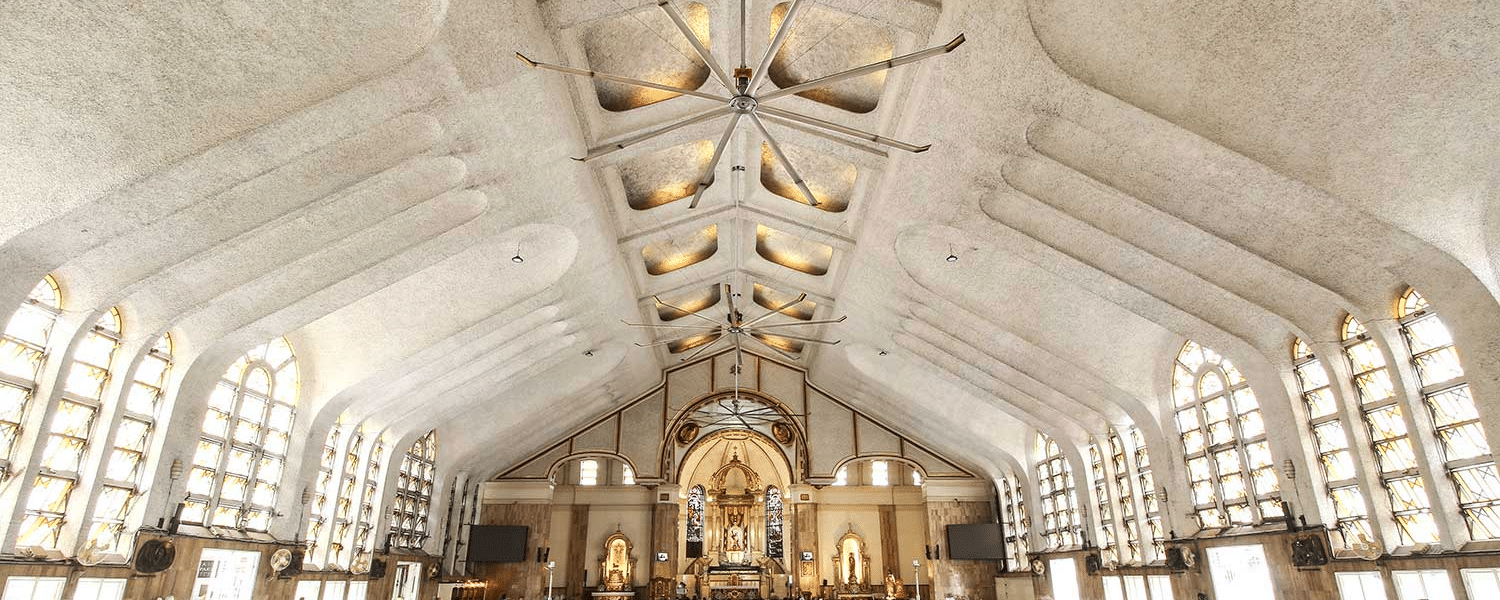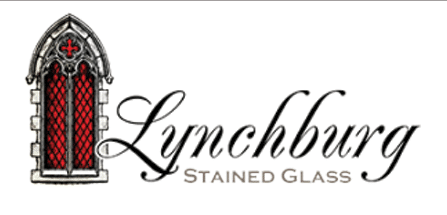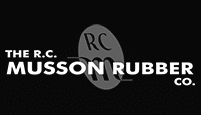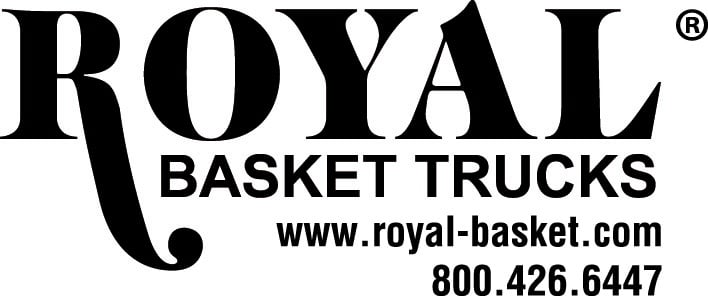Many types of gatherings are important for civic and economic well-being, and religious worship has a particularly profound significance to communities and individuals. Restrictions are easing, and many places of worship are beginning to plan for a full reopening.
As you work through your expanded reopening plans, your cleaning and disinfecting protocols will be of utmost importance in parishioner’s minds, to ensure them that you’re working hard to keep them safe and healthy.
It goes without saying that there is an ongoing element of risk during the pandemic as new SARS-CoV-2 variants emerge, and beyond the pandemic due to the fact that illnesses like influenza, norovirus, and MRSA can impact public health.
There are, however, steps you can take to mitigate this risk. We like to call these steps the Four Pillars of Facility Safety.
The objectives of the Four Pillars are to be highly effective at cleaning and disinfecting, reduce virus transmission risk and reinforce the perception that you are at the forefront of cleaning and disinfecting technologies and protocols. This strategy is geared towards combating Covid-19 in the short term but will be relevant for years to come as society adapts to new cleaning and disinfecting expectations and overall hygiene concerns.
Pillar #1: Air Disinfection & Air Purification
Air disinfection and air purification play a critical role in helping churches and places of worship operate more safely. Addressing air concerns is a growing front in the fight against the spread of the Coronavirus, as it’s been shown that the virus can be spread via airborne droplets. Simple steps that can be taken to improve air circulation include opening doors and windows when the weather permits, and more permanent solutions include the use of fans equipped with clean air technologies.
Clean air technologies are those that use UV-C and Ionization like fans that offer highly effective air disinfection that can reduce the risk of Covid-19 transmission by up to 95%. These fans can be mounted on ceilings and walls and are available in portable freestanding models, as well. As the fans circulate air, they also treat the air, destroying harmful pathogens.
Additionally, especially for spaces where disinfecting fans are not feasible, consider the use of air purification systems and air filters. H13 HEPA air filters can be used to capture 99.97% of airborne particles. These are great for smaller office spaces, conference rooms, and vestibules. In addition to removing bacteria and viruses from the air, they also help remove allergens like pollen, dust and dander. Plus, they’re portable and can be moved from space to space as needed.
HVAC Upgrades: If you have an HVAC system, consult your HVAC service about upgrading your filters, and consider the addition of a UV-C air purifier. These purifiers are installed directly into the ducts, treating the air as it passes through the system, destroying viruses with UV-C lights. This same technology has been used effectively in the healthcare industry for several decades.
Pillar #2: Disinfecting Sprayers
With the proper training, these tools can be incredibly useful for high-traffic facilities and those with occupants with an increased risk of illness. They are the best way to deploy disinfectants over large areas, especially those not touched by disinfecting wipes, providing wrap-around disinfecting coverage.
They’re also highly efficient, covering more square footage in 80% less time than traditional methods. Plus, unlike invisible air disinfection, sprayers are an impressive show of force that will comfort staff and members of your congregation when in use.
Pillar #3: Surface Disinfecting Wipes
Disinfecting wipes are more popular than ever because they allow people to take cleaning matters into their own hands. People want the ability to ensure the surface they are about to touch or just touched is disinfected.
It’s important that cleaning and disinfecting wipes are readily available to combat germs and bacteria. How many should your facility have? We recommend one for every 500 square feet and at least one in every room.
Pillar #4: Hand Sanitizers
Hand sanitizer use is at an all-time high, and it’s expected that touch-free dispensers are to be within close reach. A pump bottle here or there is no longer enough. We recommend touch-free dispensers at every entryway, one in every bathroom, and at least one in every vestibule (typically located near the wipes dispensers).
Additional products play an important role too, such as PPE, antimicrobial adhesive for door handles and elevator buttons, and touch-free fixtures like drinking fountains and hand dryers and soap dispensers in your restrooms.
Once your facility has addressed the Four Pillars, it’s time to review your cleaning and disinfecting protocols. As a standing rule, you should clean and disinfect frequently touched surfaces at least daily and shared objects in between uses. It’s a good idea to develop a schedule of increased, routine cleaning and disinfection and avoid use of items that are not easily cleaned, sanitized, or disinfected.
As always, safely handle any cleaning and disinfecting products to ensure safe and correct application of disinfectants and keep them away from children. Cleaning products should not be used near children, and staff should ensure that there is adequate ventilation when using these products to prevent children or themselves from inhaling toxic fumes.
If your faith community offers multiple services, consider scheduling services far enough apart to allow time for cleaning and disinfecting high-touch surfaces between services. Take steps to ensure that all water systems and features (for example, drinking fountains, decorative fountains) are safe to use after a prolonged facility shutdown.
It’s also important to reinforce your cleaning and disinfecting protocols within your community. Frequent communication about the steps you’ve taken, and are planning to take, will go far to reassure your parishioners that they can feel safe coming back to your place of worship. Be sure to include this information in signage throughout the facility, email communications, bulletins, and social media, if you are active there.
When combined, cleaning and disinfecting of surfaces, air quality controls, the use of face masks, hand hygiene, and other measures can greatly reduce the risk of infection spread and give worshippers and guests greater peace of mind that your facility is prioritizing their health and safety.
Since 2006, Zogics has established itself as experts in facility health and safety, including surface disinfection, hand hygiene, and air quality, serving fitness, healthcare, education, corporate facilities, hospitality, transportation industries, and more, www.zogics.com.














